This article originally appeared on eightieskids.com
Supernatural classic Poltergeist is renowned as one of the scariest movies of the 80s, and is widely regarded one of the best films ever made in the horror genre. Yet as beloved as the 1982 film may be, it has long been mired in controversy and urban legend, with many believing the film to be cursed.
Whatever you think of that idea, we can agree that Poltergeist is scary enough all on its own – and when we separate fact from fiction, the story behind the movie is as fascinating and at times haunting as the film itself.
25. It grew out of a proposed sequel to Close Encounters of the Third Kind

Poltergeist was the brainchild of Steven Spielberg, who had not long since become one of the biggest filmmakers around, thanks to blockbusters like Jaws and Close Encounters of the Third Kind. However, when work began on the film that would eventually become Poltergeist, both the plot and setting were very different.
Spielberg originally wanted to make a semi-sequel to Close Encounters entitled Night Skies, which would be a much scarier take on the concept of aliens visiting Earth. The movie would see a family come under attack by vicious monsters from another planet, before struggling to survive together as the situation escalated around them.
24. It was reworked into a haunted house film, because director Tobe Hooper wasn’t interested in sci-fi
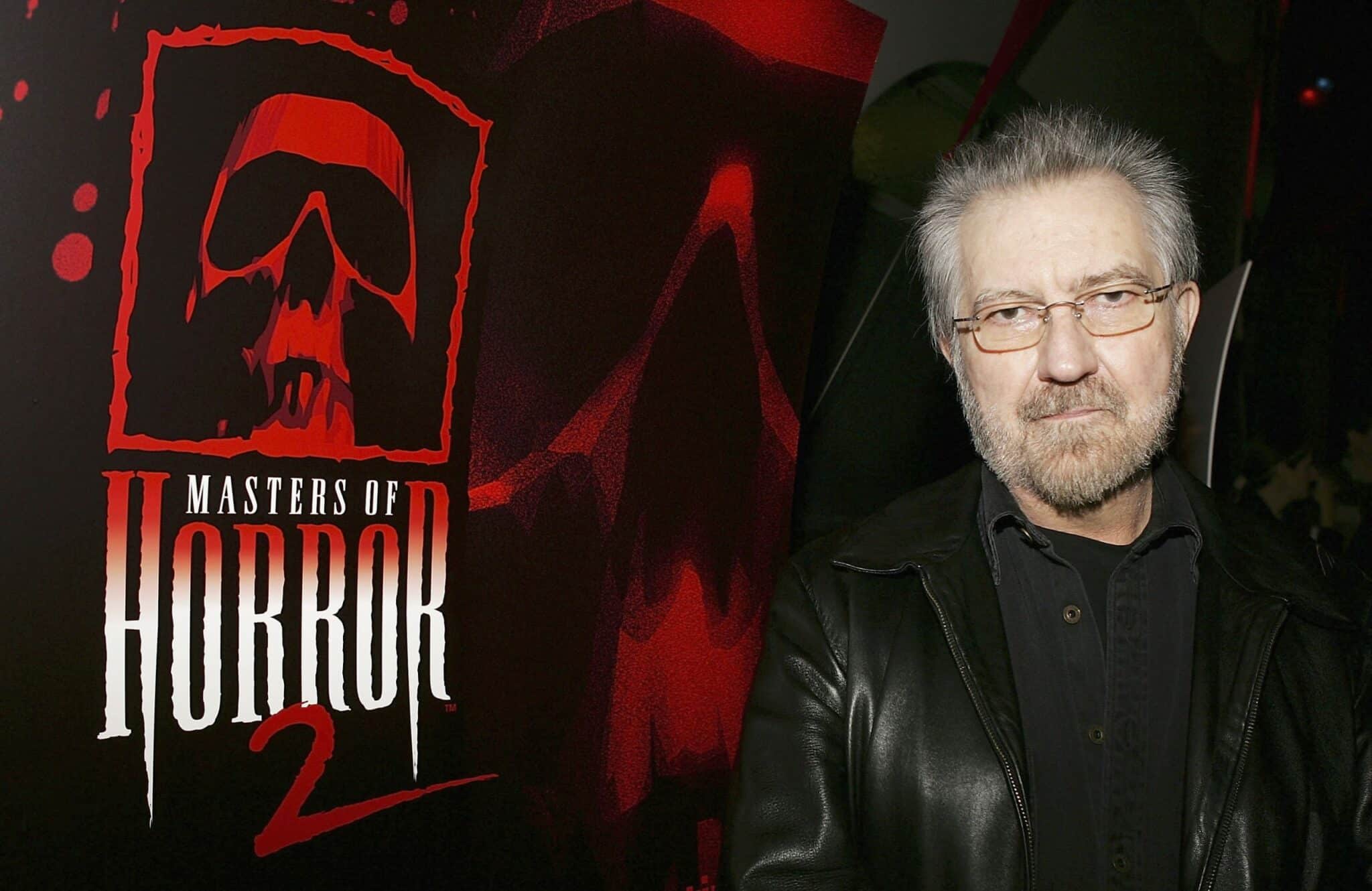
Night Skies was developed for Close Encounters studio Columbia Pictures. As Spielberg was under contract to direct his next movie for studio Universal, he enlisted Tobe Hooper, director of the notorious 70s horror classic The Texas Chain Saw Massacre, to take over behind the camera.
However, Hooper was upfront about the fact that he wasn’t very interested in directing a work of science fiction, and he suggested they instead rework the project to a haunted house movie. Ironically, Hooper would then go on to direct two sci-fi horror movies back to back: 1985’s Lifeforce, and 1986’s Invaders from Mars.
23. Night Skies was scrapped, and formed the basis for both Poltergeist and ET the Extra-Terrestrial
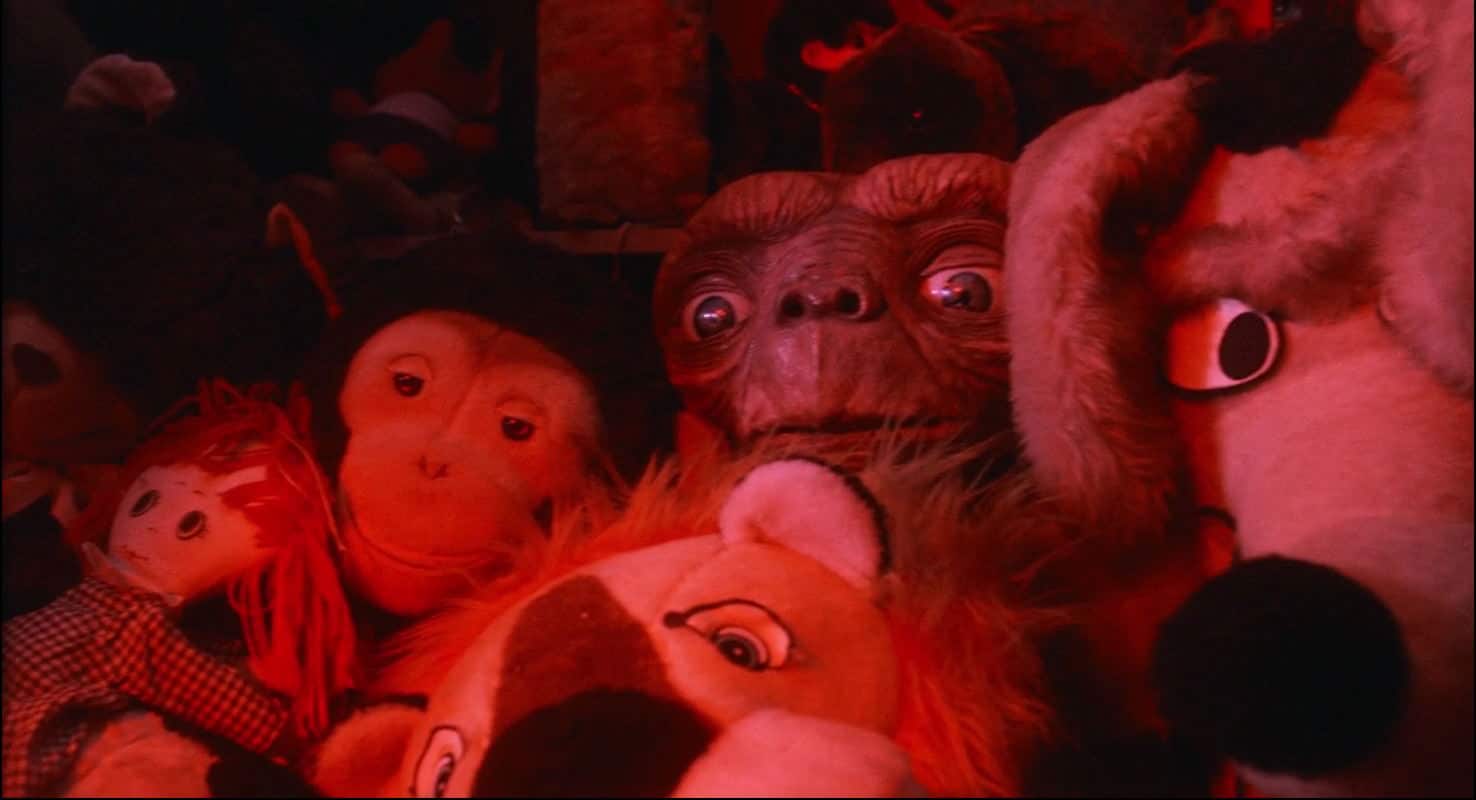
It wasn’t only Tobe Hooper who had doubts about Night Skies. Spielberg himself came to lose faith in the project, but following discussions with screenwriter Melissa Mathison, they realised one aspect of the script really worked: one of the aliens was friendly, and developed a close bond with the young son of the family under attack.
As a result of this, Mathison completely reworked Night Skies into a new project which would ultimately be entitled ET the Extra-Terrestrial. Spielberg would decide to direct this as his next film for Universal, whilst Hooper remained at the helm on the haunted house movie, which they dubbed Poltergeist.
22. Spielberg asked Stephen King to co-write the screenplay, but this didn’t work out

Spielberg was keen to make the biggest and best horror movie possible, and he did everything he could to ensure that outcome. On top of hiring horror aficionado and expert Hooper to direct, the producer originally wanted to collaborate on the screenplay with the biggest name in horror fiction: Stephen King.
Unfortunately, King was out of the country on a transatlantic sea journey, and in those pre-internet days it was harder to contact people under such circumstances. As a result, the author never got Spielberg’s message, leaving the filmmaker no choice but to proceed without him.
21. It would be Spielberg’s last screenwriting credit for almost 20 years
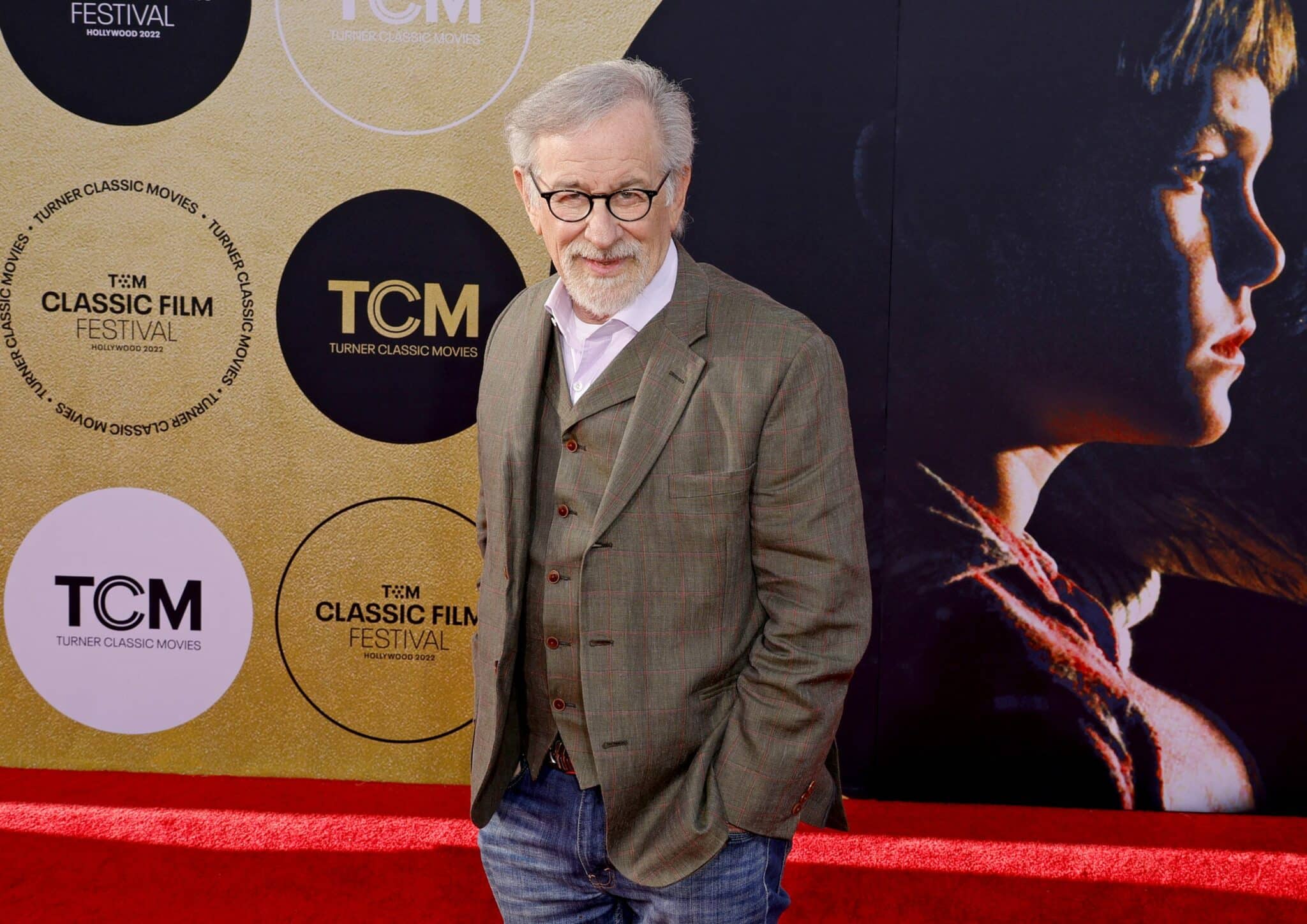
As well as producing Poltergeist alongside Frank Marshall, Steven Spielberg also co-wrote the screenplay with Michael Grais and Mark Victor. This was not too unusual for Spielberg, as he’d also written Close Encounters of the Third Kind, but he would move away from writing in the years that followed.
Spielberg would not personally write another screenplay until 2001’s AI: Artificial Intelligence, an adaptation of a Brian Aldiss story. This film was particularly personal to Spielberg, as it was an unrealised project of his fellow filmmaker and close friend Stanley Kubrick, who died in 1999.
20. The tree and the clown drew on Spielberg’s real childhood fears

Poltergeist resonates with many viewers as it plays on things that many of us grew up afraid of: thunderstorms, creepy old trees, and coming downstairs to find the television on and showing static in the middle of the night. Not to mention the most infamous nightmare-inducing image in the whole film: toy clowns.
Spielberg included all these are they were indeed things he was scared of as a boy. The filmmaker was afflicted with coulrophobia in his youth, and was also frightened by a knotted tree that stood outside his bedroom window. Apparently, the best thing about being a horror writer and producer is that you get to inflict your fears on everyone else.
19. Drew Barrymore unsuccessfully auditioned for the part of Carol-Anne

Work on Poltergeist and E.T began at the same time, so both films started casting simultaneously. One actor who came up for Poltergeist was deemed wrong for the project, but instead landed a plum role in Spielberg’s other film instead. Not a bad way to build up your IMDB.
The actor in question was the young Drew Barrymore, who initially met Spielberg to audition for the part of Poltergeist’s pivotal youngster Carol-Anne Freeling. Spielberg didn’t think she was right for that part, but Barrymore got a tremendous consolation prize in the role of Gertie in ET, which made her an instant household name.
18. Spielberg spotted Carol-Anne actress Heather O’Rourke whilst eating lunch

The filmmakers wanted a truly angelic-looking little girl to play Poltergeist’s Carol-Anne, but finding someone who fit the bill through auditions proved incredibly difficult. Ultimately, Carol-Anne’s casting was a product of serendipity, with Spielberg spotting a child who looked perfect for the role while he was eating lunch in the commissary at MGM.
Spielberg approached the parents of the child, who turned out to be five-year-old actress Heather O’Rourke. Then and there, she was asked to come in and audition for Poltergeist, and she got the role due to her familiarity with the entertainment world.
17. O’Rourke almost didn’t get cast because she kept laughing in her screen test
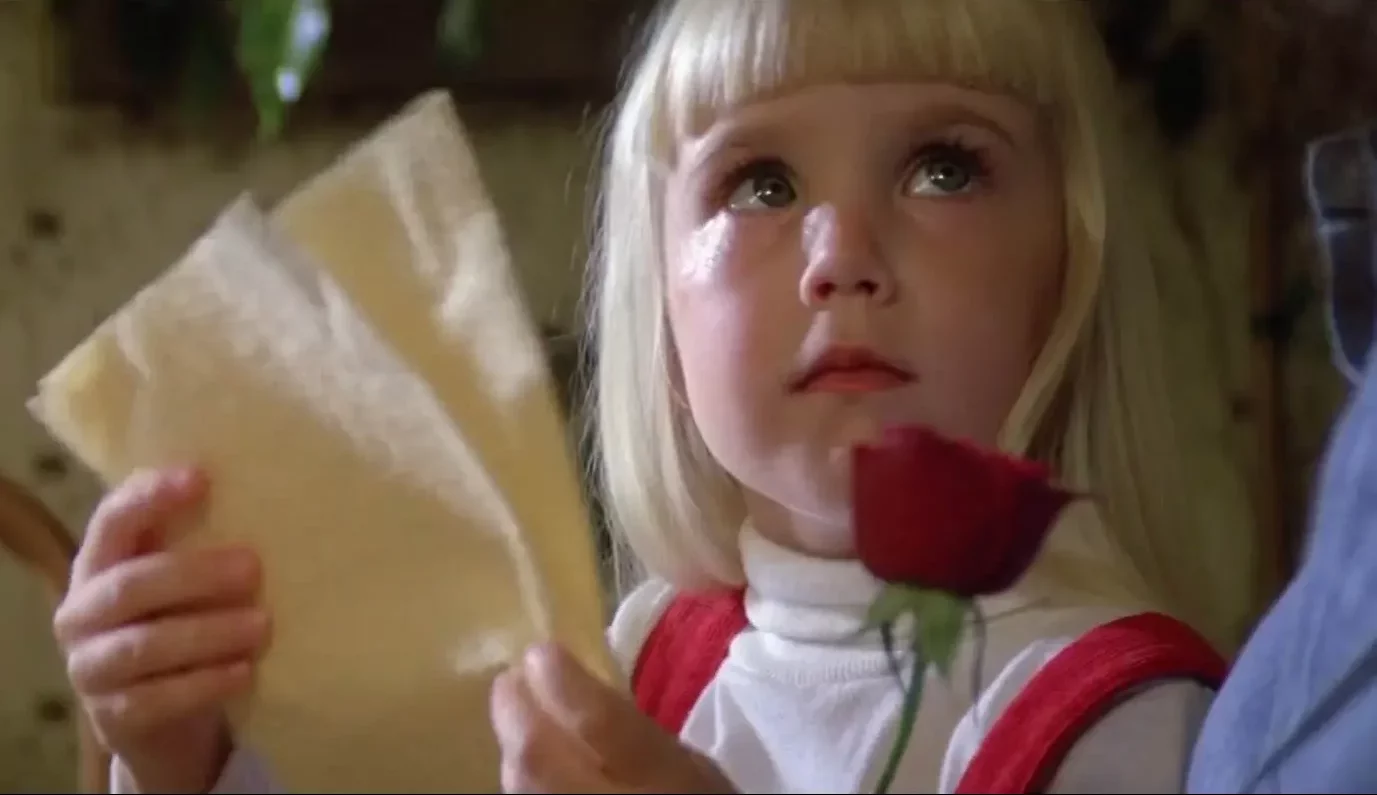
Although Spielberg recognised something special about Heather O’Rourke, she wasn’t cast as Carol-Anne immediately. Firstly, there were concerns that she was simply too young for the part and would be hard to take seriously, or that she wouldn’t be able to portray the complex and varied emotions demanded of her.
On top of this, O’Rourke almost blew her first screen test because she couldn’t stop herself from smiling and laughing. However, when she came back for a second screen test and proved that she could scream on command, the part was hers.
16. Dana actress Dominique Dunne wasn’t much younger than her screen parents

For the part of the eldest Freeling child, the adolescent Dana, actress Dominique Dunne was cast. Although Dunne could believably pass for a teenager, she was in fact 22 at the time, which is not an unusual age to be playing a teenager in Hollywood or on the small screen.
This being the case, Dunne was in reality a bit old to be the child of her screen parents JoBeth Williams and Craig T. Nelson. She was merely 11 years younger than Williams, and 15 years the junior of Nelson, which would make the age she would have had to be born to her on-screen parents pretty impossible.
15. JoBeth Williams allegedly experienced real paranormal phenomena during production

As is fairly standard for big movie productions, Poltergeist’s lead actress JoBeth Williams lived in rented accommodation not too far from the set while working on the film – and she had some strange experiences there, which have since formed part of the Poltergeist curse theory.
The actress has revealed that every time she got home, the pictures on the wall would be hanging at a crooked angle. She would straighten them, but every time she got back they were crooked once again. Hardly cast-iron proof of paranormal activity, but eerie nonetheless, and it definitely contributed to her feeling the spooky atmosphere on set.
14. The Freeling house was a real suburban residence which still stands today

Poltergeist stands apart from a lot of haunted house films in that, rather than being set in a spooky old building, it takes place in a shiny new suburban home in a neighbourhood which is still under construction. For the exterior shots, the filmmakers used a real house in Agoura Hills, Los Angeles County.
The house is still there today, and is a popular tourist destination for Poltergeist fans. The film’s curse theory is bolstered by the fact that the ruins of a Native American burial ground were indeed uncovered in Agoura Hills back in 1969, although it’s not known if this influenced that specific plot point in the film.
13. Robbie actor Oliver Robins was strangled for real in the clown doll scene
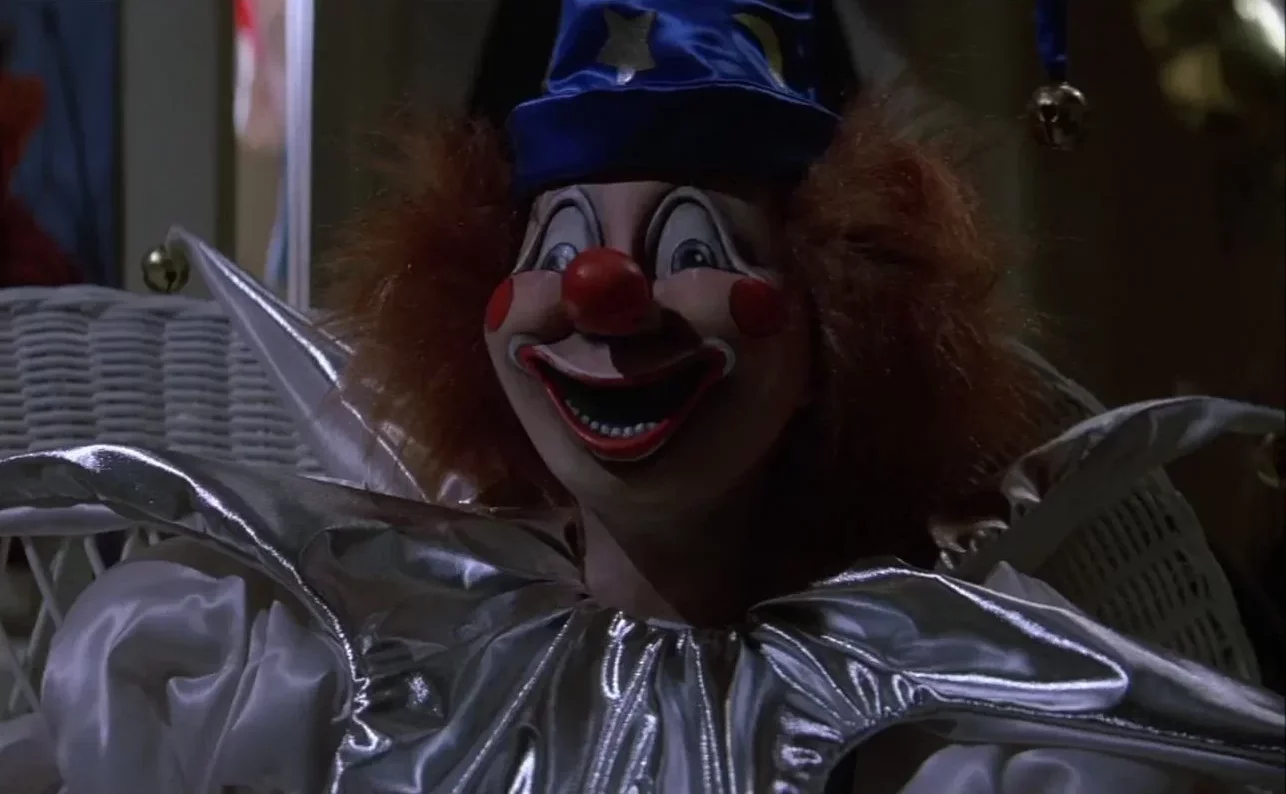
One of Poltergeist’s most notoriously nightmarish scenes comes when Robbie Freeling’s creepy clown doll comes to life and scares him. This sequence only gets more sinister when you learn actor Oliver Robins was almost seriously injured for real shooting the scene, when the tendril-like arms of the doll squeezed too tightly around his throat.
The terrified youngster choked the words, “I can’t breathe,” but the grown-ups behind the camera assumed he was ad-libbing in character. They only realised the truth when the boy’s face began to turn purple, at which they called cut and rushed to his aid. Poor kid!
12. Real skeletons were used in the pool scene
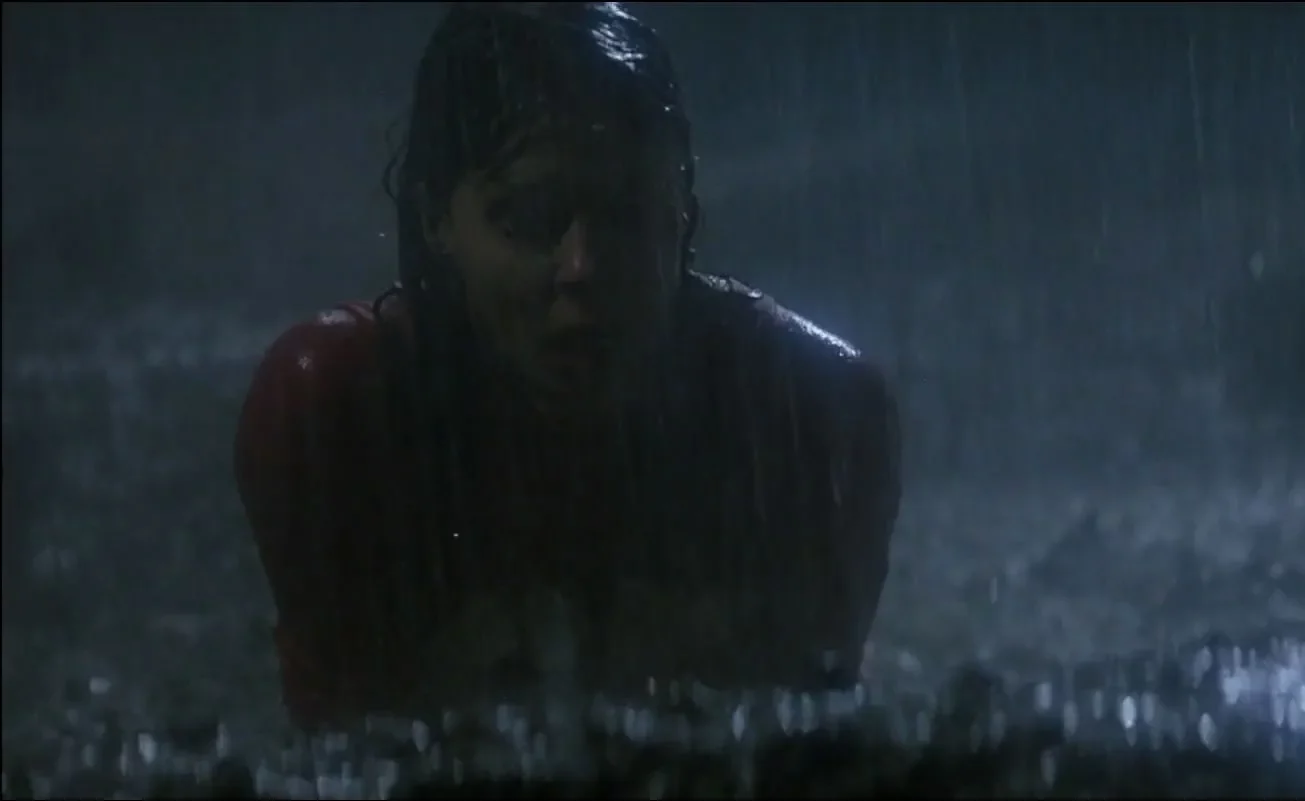
One of the most frequently cited facts among Poltergeist curse theorists is the claim that real human skeletons were used in the scene when JoBeth Williams’ Diane falls into the unfinished swimming pool, and finds numerous ancient corpses creeping out of the earth around her.
It has since been confirmed that the skeletons in the scene are indeed real. However, it should be noted that this has long been common practice in the film industry, as it is of course considerably cheaper and easier to obtain real human remains than to build fake ones. Plus, the way they were sourced was completely above board, as real skeletons are often bought and sold for medical students to use in their studies.
11. Spielberg’s hands appear in the mirror scene
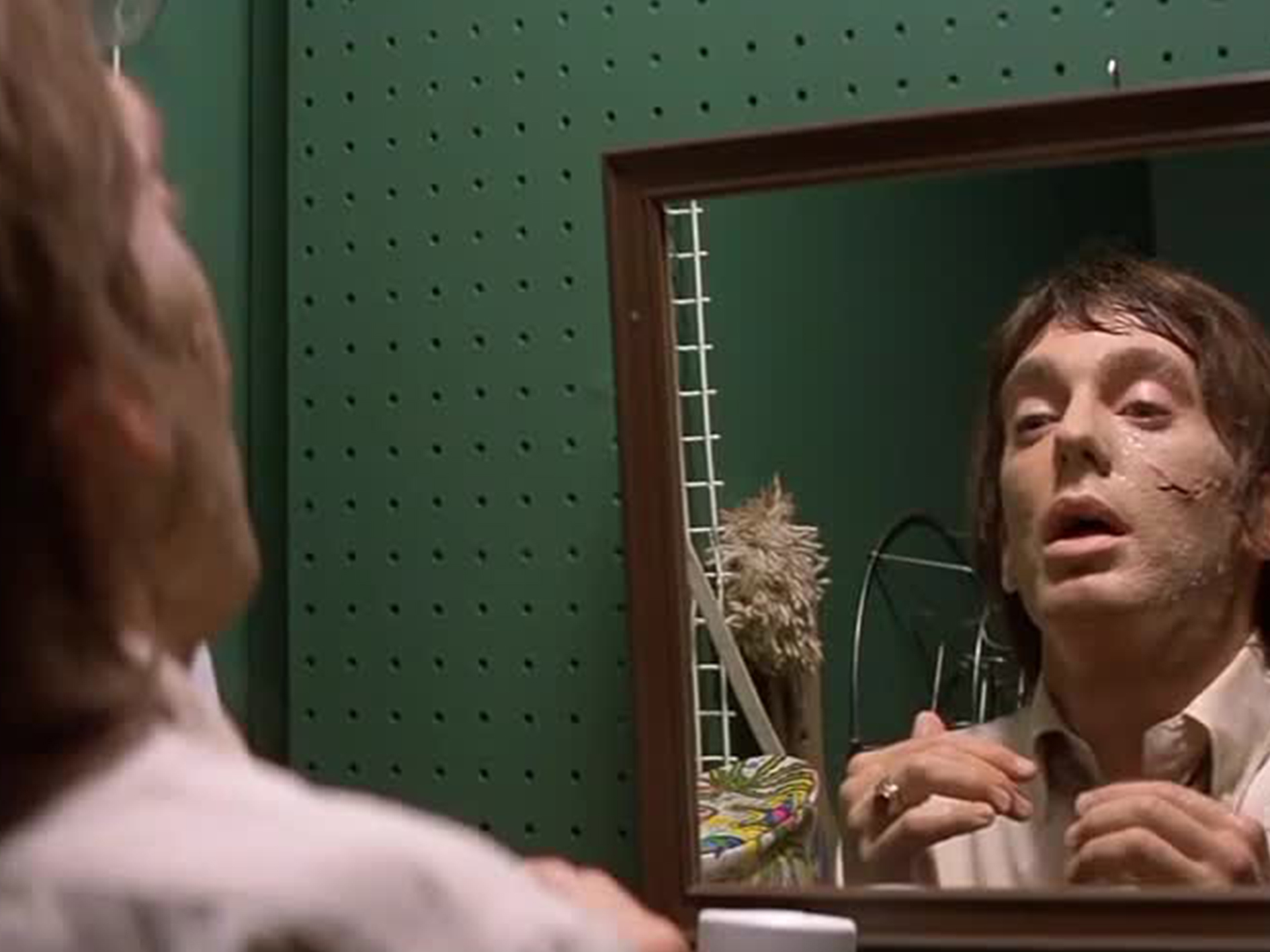
Poltergeist’s grisliest moment comes when parapsychologist Marty, played by Martin Casella, experiences a horrific hallucination in the bathroom mirror, tearing off his own face. This sequence begins with shots of Casella himself in special make-up, before cutting to a horribly lifelike skull from which chunks of viscera are torn away.
Interestingly, Steven Spielberg himself makes a sort-of cameo during this scene, as the hands we see tearing at the skull are not Casella’s but Spielberg’s. There was no reason that Spielberg needed to act out the hands himself, but it is a fun little easter egg to share at your next film trivia night.
10. James Karen’s performance had an unexpected effect on the supermarket chain he advertised
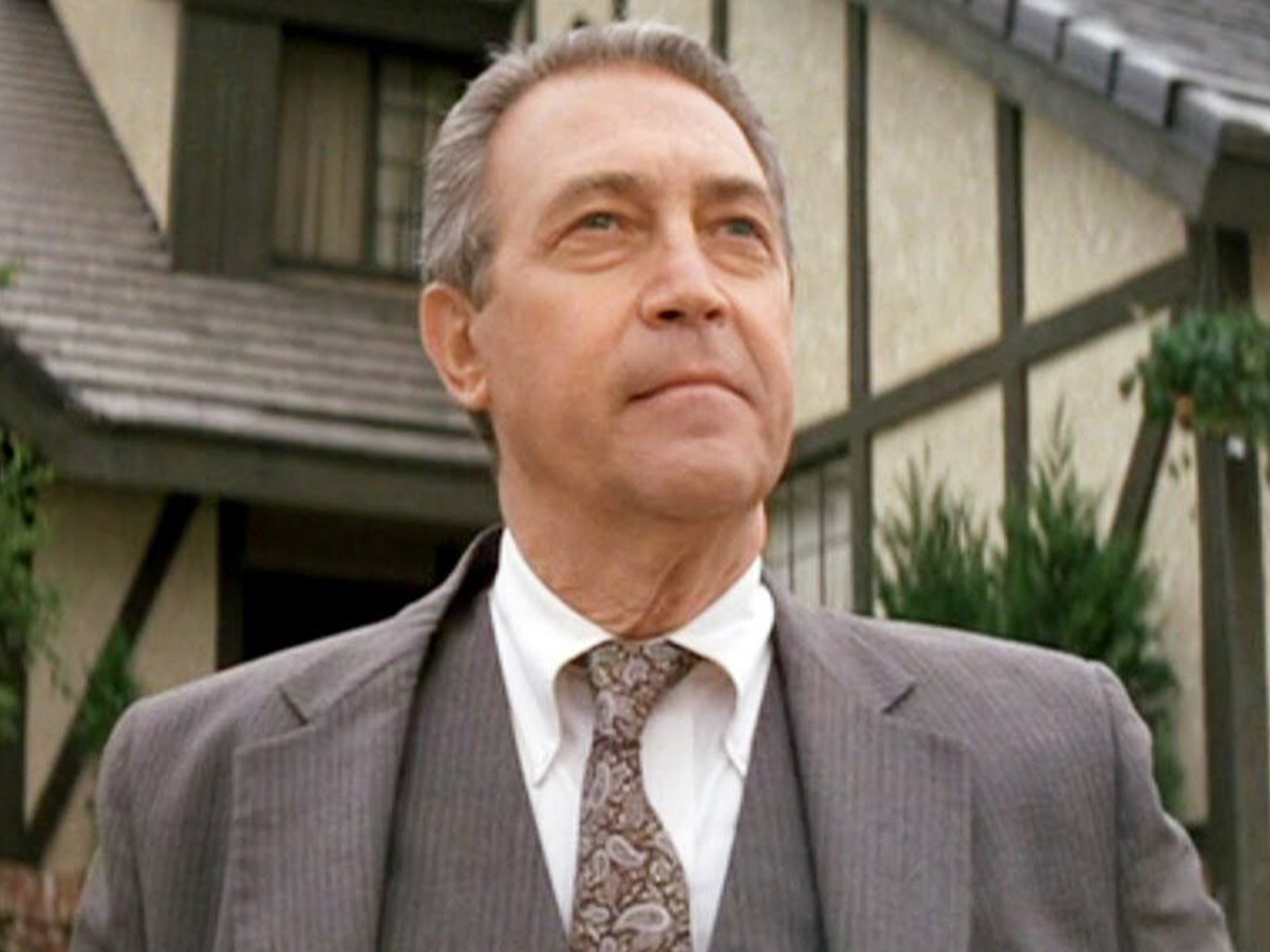
If any character in Poltergeist can be considered the villain, it’s James Karen’s Mr Teague, the property developer and boss of Craig T. Nelson’s Steven, who knowingly built the neighbourhood on a burial ground without bothering to have the bodies moved.
At the time, Karen was best known in the US for appearing in advertising for supermarket chain Pathmark. The actor received letters after Poltergeist’s release from people who were so outraged by his character’s behaviour in the film, they swore never to shop at Pathway again.
9. Many have claimed that Spielberg was the film’s true director
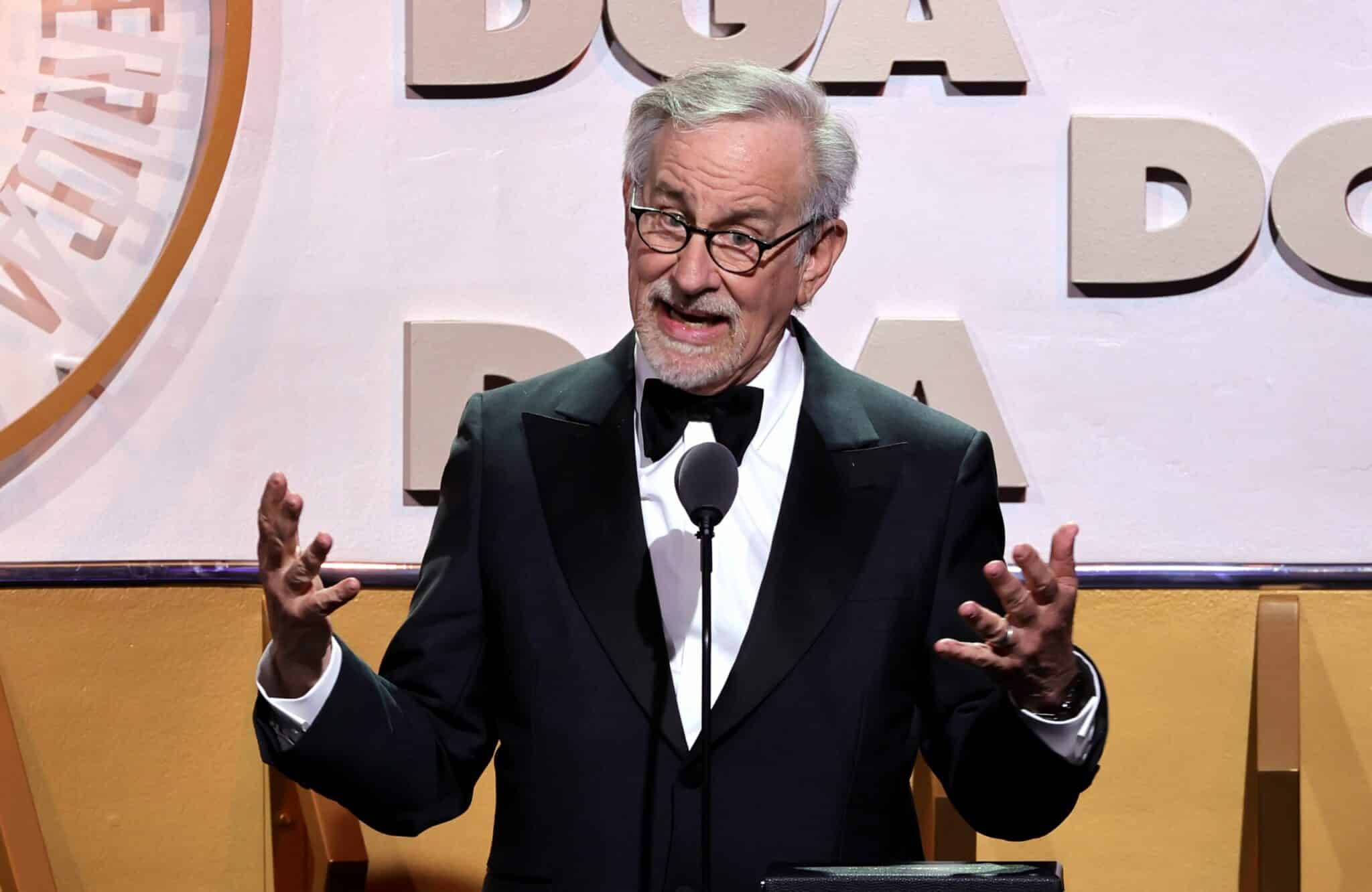
On top of the lingering curse theory, Poltergeist has also long inspired debate about whether or not the film was indeed directed by Tobe Hooper. Stylistically, the film has so much in common with other Spielberg films that many viewers suspect he held the greatest creative control over the film. This is bolstered by reports from the set of Hooper tending to exert less authority, whilst Spielberg would be far more vocal and hands-on.
Spielberg himself was quoted as remarking that Hooper was not “a take-charge sort of guy. If a question was asked and an answer wasn’t immediately forthcoming, I’d jump in and say what we could do. Tobe would nod agreement, and that became the process of collaboration.”
8. Both Spielberg and Tobe Hooper insisted that Hooper did indeed direct the film
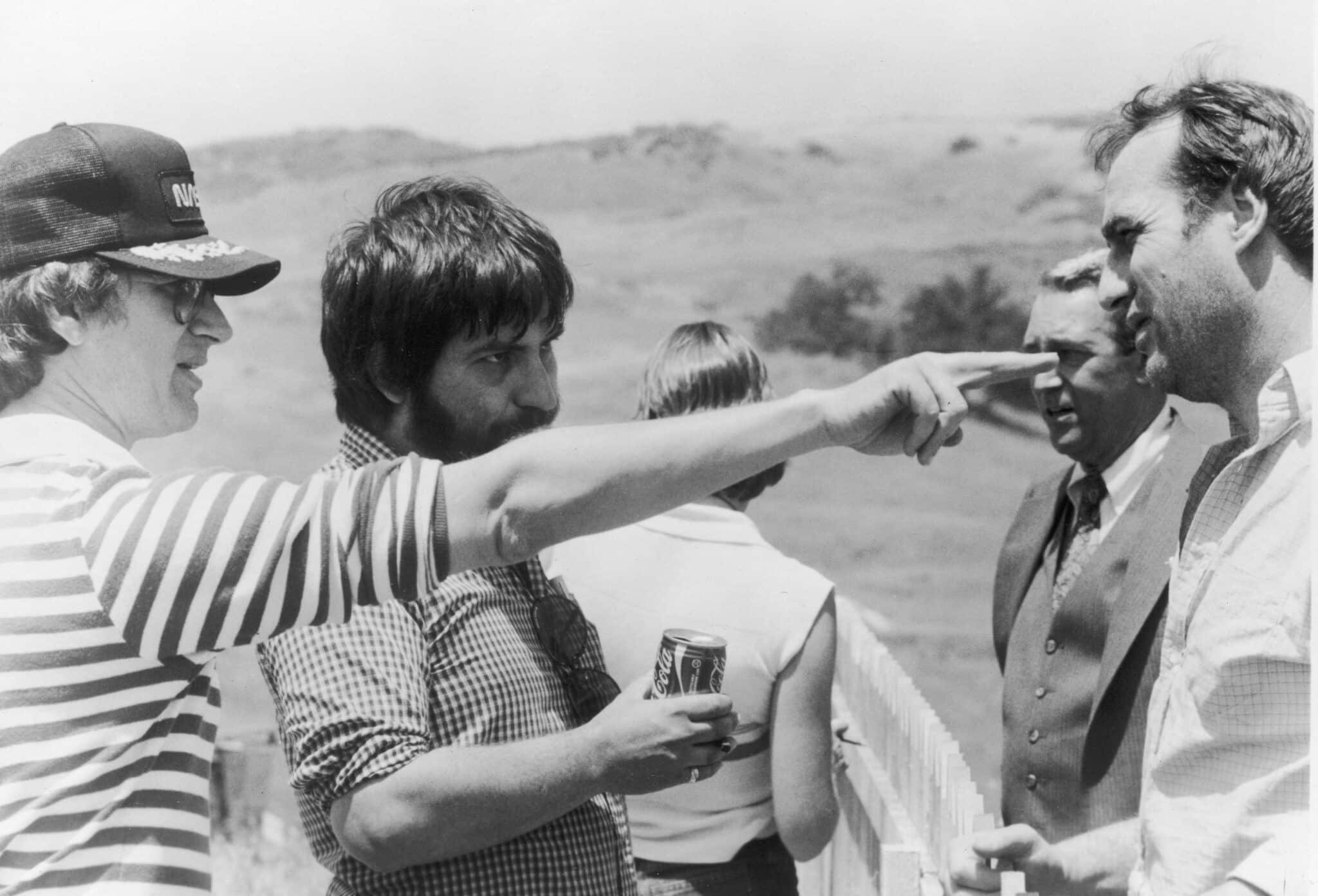
Reports on Spielberg’s unusually strong presence on the film’s set, including claims from some people who worked on the film, including actress Zelda Rubinstein, helped popularise the notion that Spielberg had indeed directed Poltergeist in secret. Both Spielberg and Hooper publicly denied that this was the case.
In an open letter to Hooper published in The Hollywood Reporter, Spielberg praised his collaborator and stated that “some of the press has misunderstood the rather unique, creative relationship” that the two filmmakers had enjoyed on the film.
7. It was originally rated R, but the filmmakers successfully argued it down to a PG

Poltergeist is an intense, scary film with brief gory moments, so it’s not too surprising that when it was first submitted to the US film ratings board the Motion Picture Association of America, the film was slapped with an R-rating. Spielberg appealed, arguing that the film did not contravene the guidelines for the PG certificate.
The MPAA ultimately agreed, and Poltergeist was indeed released as a PG, although this proved controversial. In 1984, two more Spielberg productions – Indiana Jones and the Temple of Doom, and Gremlins – would further test the limits of the PG certificate, leading to the introduction of the PG-13 rating at the suggestion of Spielberg himself.
6. It was a big hit at the box office

Poltergeist opened in US theatres in June 1982, back-to-back with ET the Extra-Terrestrial. While Hooper’s film didn’t prove anything like the critical and commercial success that Spielberg’s did, it still performed handsomely, especially for a film in the horror genre.
By the end of its box office run, Poltergeist had earned almost $122 million worldwide: a substantial profit for a film that cost just under $11 million to make. This was partly because Hooper was used to working with minuscule amounts of money and still bringing movies in under budget, thanks to his work in the horror genre.
5. It was nominated for three Oscars

For the most part, Poltergeist received positive reviews, and it also attracted the attention of the Academy. The film was nominated in three categories at the Oscars: Best Original Score for composer Jerry Goldsmith, plus Best Sound Effects Editing and Best Visual Effects.
However, Poltergeist went home empty-handed: all three Oscars in question were instead awarded to the other 1982 Spielberg production, ET the Extra-Terrestrial, which also won Best Sound. However, even ET missed out on Best Picture and Best Director, which instead went to Richard Attenborough’s Gandhi.
4. Dominique Dunne was murdered five months after the film’s release
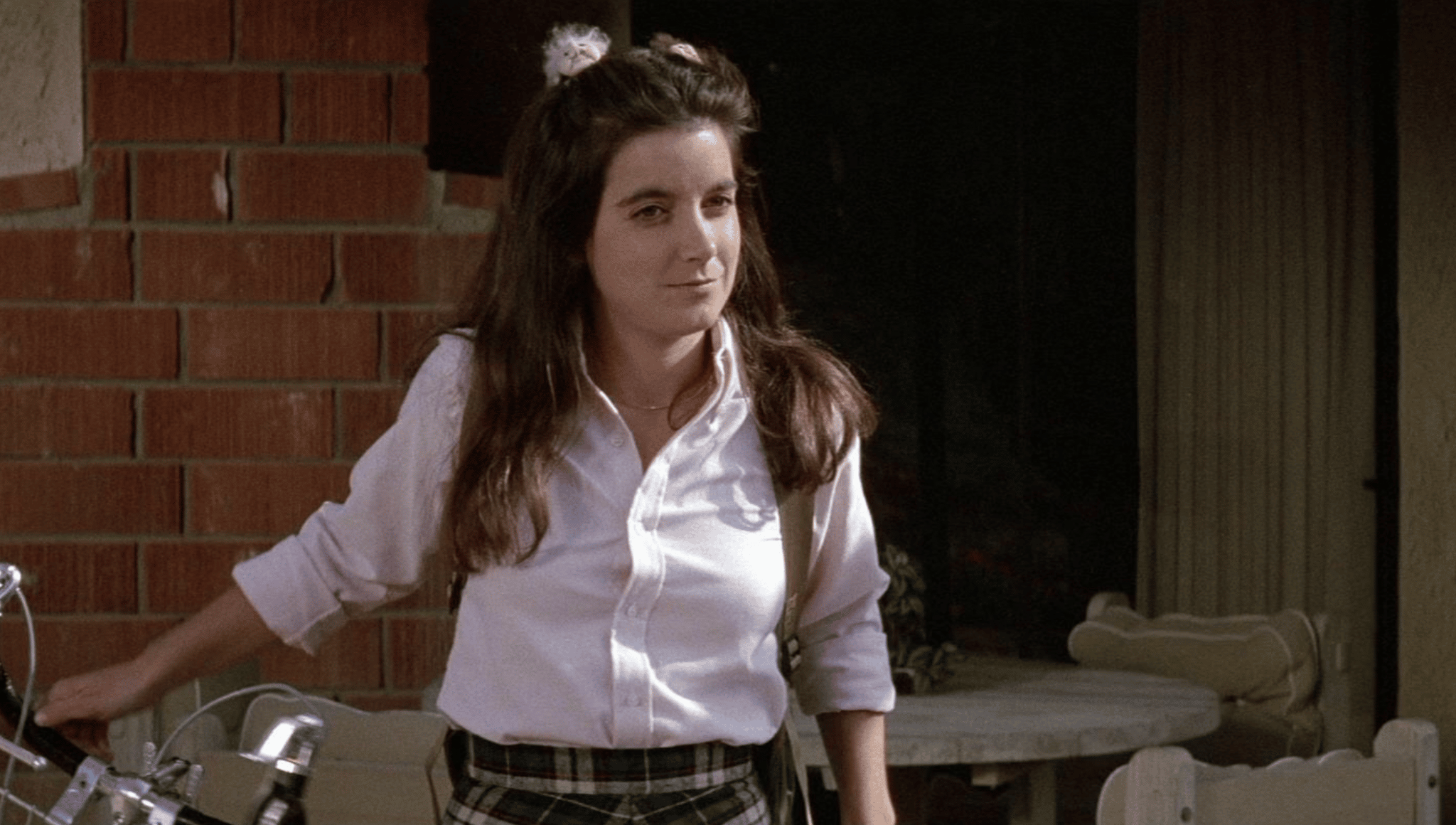
The notion that Poltergeist was cursed began to gain ground in November 1982, with the tragic death of Dominique Dunne. The Dana actress was just weeks from her 23rd birthday when she was seriously assaulted by her ex-boyfriend John Sweeney, with whom she had recently separated.
Dunne did not die immediately, but fell into a coma and finally passed away five days after the attack. After a high profile court case, Sweeney was convicted of voluntary manslaughter, and wound up serving three and a half years in prison, with Dunne’s star status helping both her and her family to receive justice.
3. Two sequels followed

Despite the tragic loss of Dunne, Poltergeist proved popular enough to kickstart a franchise, although neither Spielberg nor Hooper continued to be involved past the first instalment. Poltergeist II: The Other Side came out in 1986, followed by Poltergeist III in 1988.
The curse theories continued to gain momentum with the release of the later movies. Firstly when Poltergeist II actor Julian Beck died before work on the film was completed, although it should be noted Beck made the film three years after developing stomach cancer. Another Poltergeist II actor, Will Sampson, also passed away from a pre-existing illness after the film was released.
2. Heather O’Rourke tragically died before the release of Poltergeist III
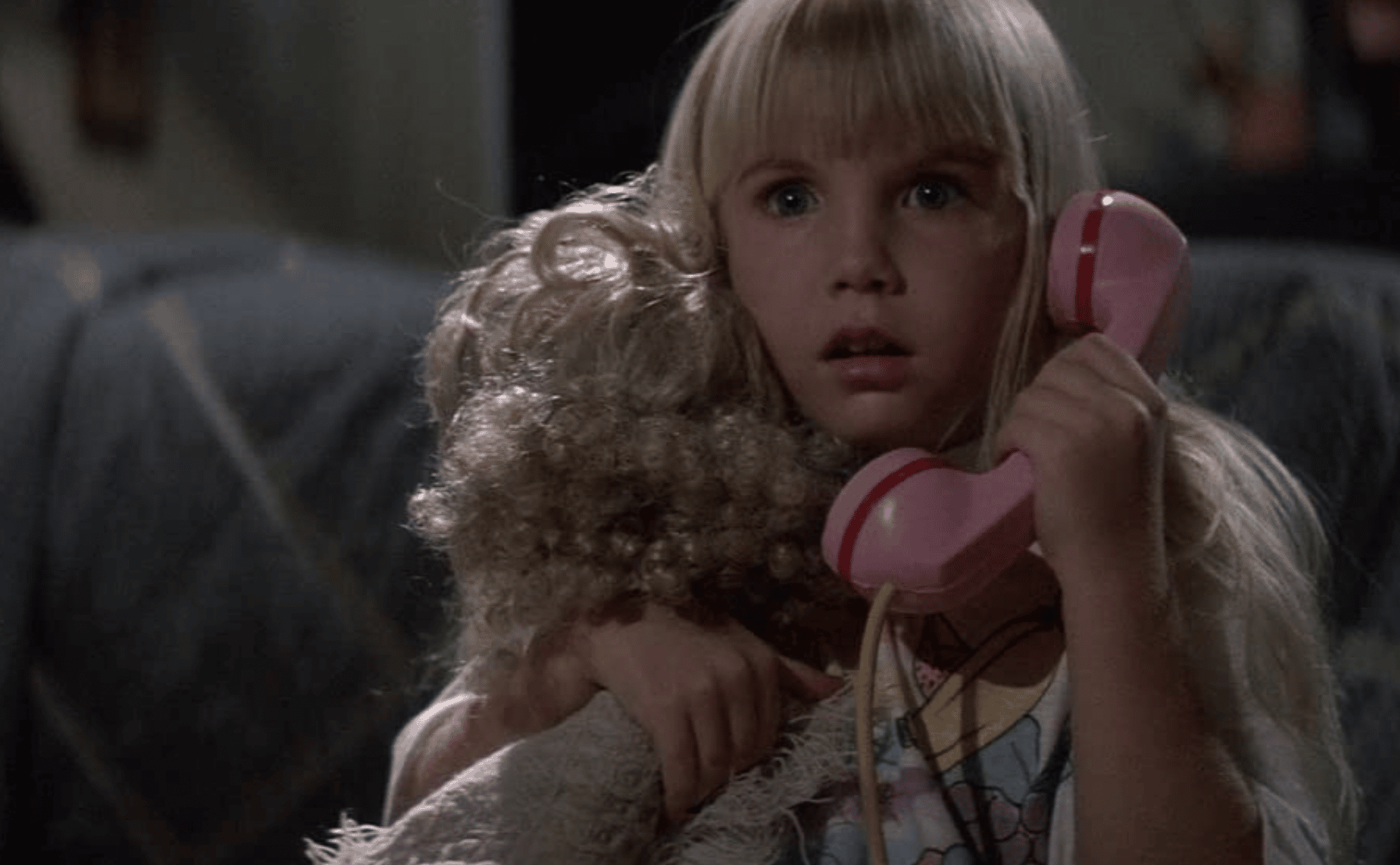
The Poltergeist curse was solidified in 1988, when Heather O’Rourke, the only actor to appear in all the original Poltergeist films, died in February 1988, before work was complete on Poltergeist III. O’Rourke, who was only 12, died from intestinal problems after suffering from a number of illnesses.
While the filmmakers initially considered abandoning the film, Poltergeist III was ultimately completed and realised with a dedication to O’Rourke. The young actress was laid to rest at Westwood Village Memorial Park Cemetery, where her co-star Dominique Dunne was also interred.
1. It’s been remade once, and another remake may be on the way

After Poltergeist III, the franchise lay dormant for 27 years – then in 2015, a Poltergeist remake was released. Directed by Gil Kenan and produced by Sam Raimi, the film was met with a largely negative response.
In 2019, just four years after the Poltergeist remake, it was announced that another new take on the franchise was in development with Marvel directors Joe and Anthony Russo. However, virtually nothing has been reported on this project since, so its current status is unknown.